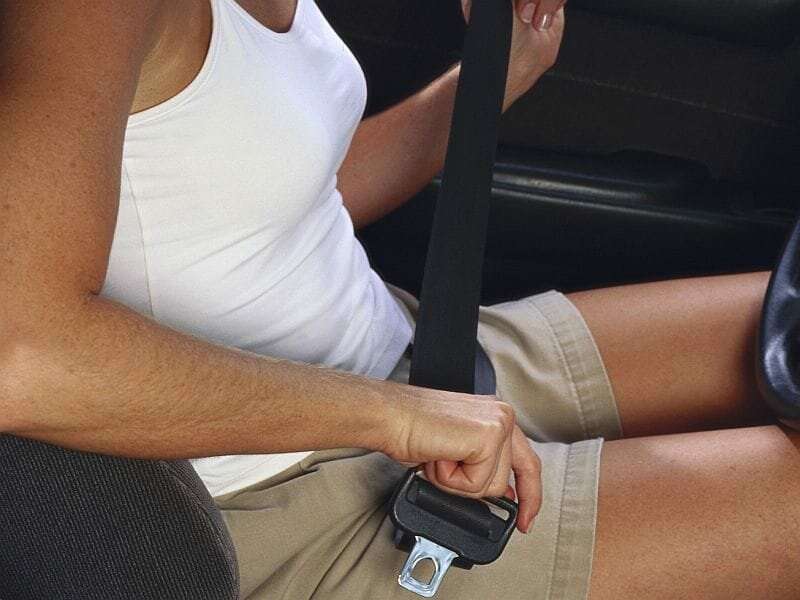Unrestrained driver predicts unrestrained child passenger

(HealthDay)—An unrestrained driver is a strong predictor for having an unrestrained child passenger in both fatal and nonfatal crashes, according to a study published online Feb. 4 in Pediatrics.
Douglas R. Roehler, Ph.D., M.P.H., from the Rush University Medical Center in Chicago, and colleagues analyzed 2011 to 2015 Fatality Analysis Reporting System and National Automotive Sampling System data that included vehicles with a young passenger (younger than 19 years) in a crash. For fatal and nonfatal crashes, driver and passenger characteristics were compared using bivariate analyses.
The researchers found that for fatal and nonfatal crashes, unrestrained drivers had a higher probability of having an unrestrained passenger across all passenger age groups in unadjusted bivariate models. Unrestrained drivers had a higher risk for having an unrestrained young passenger across all age groups in multivariate models that included both fatal and nonfatal crashes and were adjusted for several driver and passenger characteristics.
"Given our finding of a strong association between unrestrained drivers and passengers, police officers must have the power to stop any vehicle with an unbelted driver to provide optimal protection for our most vulnerable passengers," the authors write.
More information: Abstract/Full Text
Copyright © 2019 HealthDay. All rights reserved.




















